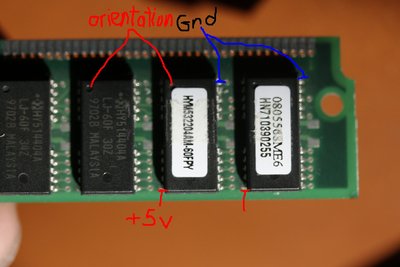First post, by Elanus
- Rank
- Newbie
Hello I'm new to the forum, however I come often to read and find clues about troubleshooting old hardware.
I recently got an old socket 7 system reportedly not used in ten years. However when I first turned it on the system was only on for about three or four seconds and off again, no warning beeps, no video output. Then I opened the case It is a DTK motherboard labeled as PAM 0070S E0, It has an Award BIOS chip. This is an image:
It had an AMD K6-2 350Mhz, two sticks of PC-100 SDRAM (64Mb + 128Mb). Next I disassembled the system and tested the Board outside the box with a different PSU, leaving only CPU, RAM an a small speaker connected, cleared the CMOS data and turned it on. Apparently the speaker was not well connected because I got a continuous beep until I turn off the machine.
Tested the RAM on another system I have, cleaned contacts, It is working fine, reinstalled the sticks, no change, an then I tested without any RAM, same result, a single continuous beep as long as it is on.
Changed the CPU for a AMD K6 233Mhz, same results, then I put in a Pentium 120 and then I get long beeps instead of a single continuous beep.
I have searched for the manual but it is had to find something that helps me troubleshoot the beeps.
I found this http://stason.org/TULARC/pc/motherboards/D/DT … S-VER-1-10.html manual, which seems to be an older version of the board, because there are some mismatches on some connector locations and the maximum bus speed is slower. So I am not entirely sure about the FSB and multiplier configuration and the exact meaning of the beeps I get.
Do anyone own the same model? I need to get it to work so I can use it for Pure DOS gaming with my AWE64 ISA sound card. Maybe it is dead..... 😕

